2007/06/07
Wind and Box works
From the National Parks website: "Wind Cave became a national park in 1903. It is one of the nation's oldest US national parks. Today the park not only protects the 4th longest cave in the world, it protects an amazing prairie ecosystem and the wildlife associated with it." The cave was found when two bothers, out hunting, heard a loud whistling noise, which led them to a small hole in the ground, the cave's only natural opening. The hole is still there and we heard the whistling noise today as we approached it. The noise is created as air either moves in or out of the cave depending on the barometric pressure. If you haven't guessed, we went to Wind Cave National Park today. One of the amazing things about this cave is that all of the 124 miles of passages are within one square mile --- that means a lot of connecting tunnels on three layers.
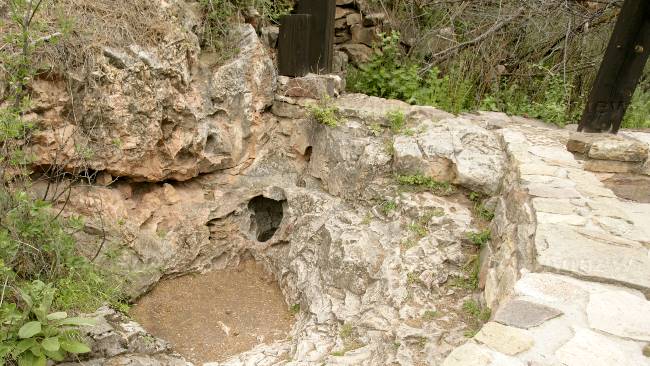
The natural entrance to Wind Cave --- I don't think I would have crawled into that 8"x10"hole.
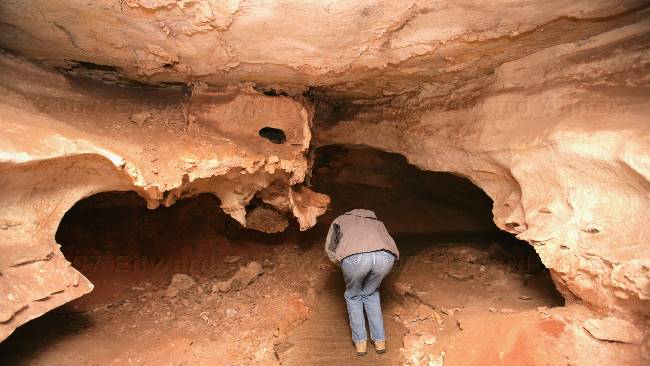
Some of the passage ways were low --- OK I was probably bending more than I needed to.
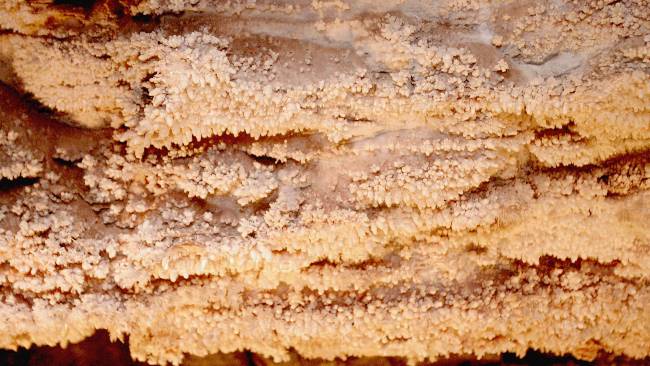
This structure is called popcorn. It is formed by water seeping through the cave wall and forming a water droplet. The water evaporates leaving the popcorn formation.
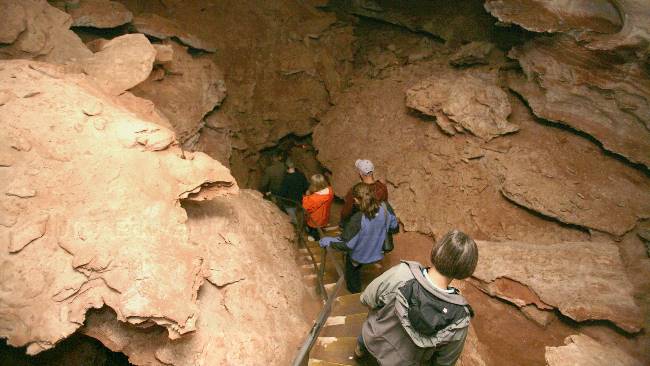
Descending deep into the cave. The tour included some rooms on the upper level and middle level.
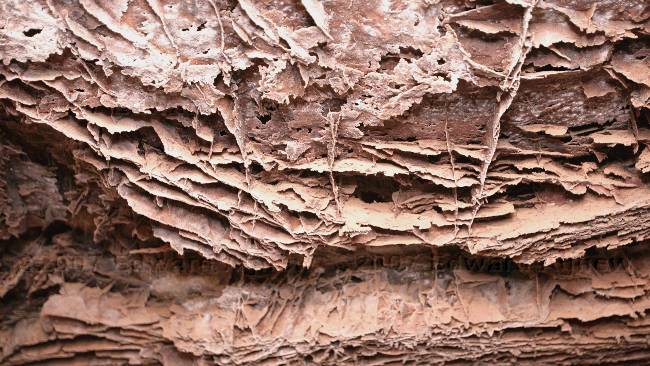
This is the formation called "box works". Before the cave was formed, the limestone rock cracked under pressure from above rocks. Water carrying calcite fills the cracks as time passed, left the calcite behind forming a hard plug. As the acidic ground water carved the cave passages, in the weak limestone, it exposed the more acid resistant calcite, which resulted in the box work structures which the cave if famous for.
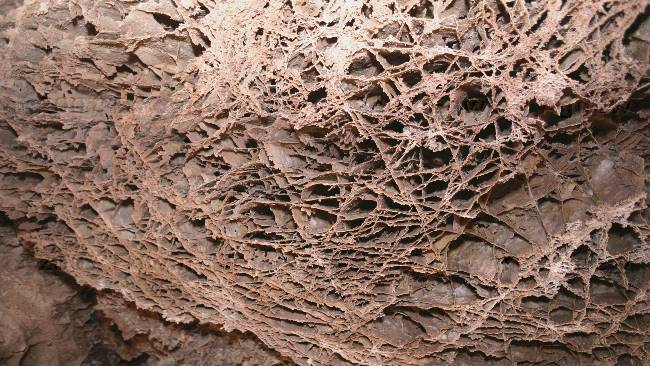
Wind Cave has about 95% of the exposed "box works features" in the world.
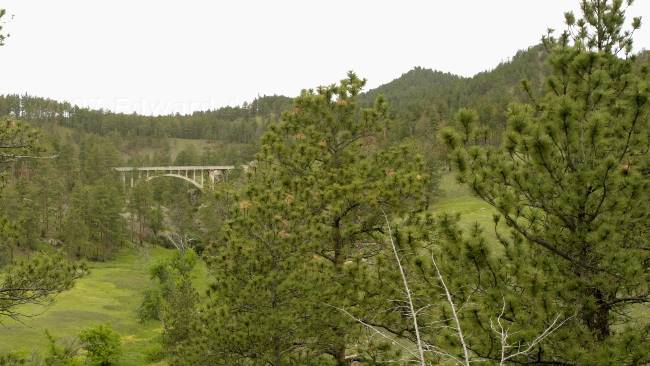
A view in the Black Hills.
The natural entrance to Wind Cave --- I don't think I would have crawled into that 8"x10"hole.
Some of the passage ways were low --- OK I was probably bending more than I needed to.
This structure is called popcorn. It is formed by water seeping through the cave wall and forming a water droplet. The water evaporates leaving the popcorn formation.
Descending deep into the cave. The tour included some rooms on the upper level and middle level.
This is the formation called "box works". Before the cave was formed, the limestone rock cracked under pressure from above rocks. Water carrying calcite fills the cracks as time passed, left the calcite behind forming a hard plug. As the acidic ground water carved the cave passages, in the weak limestone, it exposed the more acid resistant calcite, which resulted in the box work structures which the cave if famous for.
Wind Cave has about 95% of the exposed "box works features" in the world.
A view in the Black Hills.
